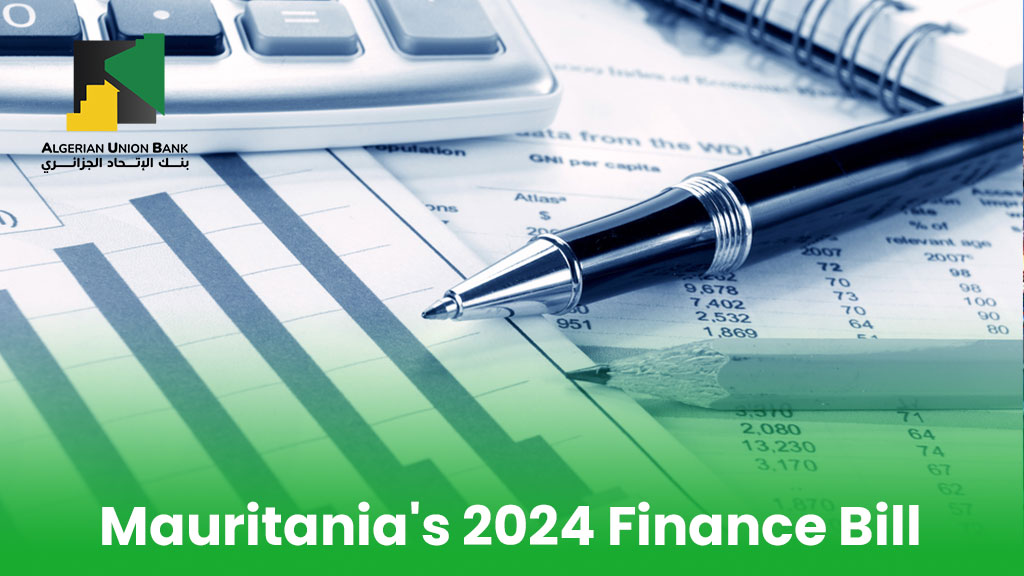Economic prospects and challenges in Mauritania for 2023-2024

Introduction
In 2022, the Mauritanian economy rebounded strongly despite global challenges. This dynamic is expected to continue in 2023-2024, with significant challenges and opportunities, particularly in terms of climate change and green financing.
Recent macroeconomic developments
- The Mauritanian economy recorded a growth of 5.3% in 2022, driven by the increase in extractive and agricultural production.
- However, inflation reached 9.6% due to higher global food and oil prices.
- In response, the Central Bank of Mauritania adopted a restrictive monetary policy.
Budget challenges and debit
- The budget deficit increased to 1.2% of GDP in 2022, mainly due to the increase in current expenditure.
- The debt restructuring efforts of Kuwait and Saudi Arabia have reduced the debt to 48.4% of GDP.
Short-term prospects and risks
- For 2023 and 2024, GDP is expected to grow, supported by the primary and extractive sectors and gas exploitation.
- Inflationary pressures are expected to persist, although monetary policy may reduce inflation over the medium term.
- The budget deficit remains a challenge, despite a debt stabilized at around 49% of GDP.
Climate change and public policies
- Mauritania is facing significant climate finance needs without dedicated mechanisms.
- Private sector participation is limited and resources are mobilized mainly from international partners.
- It is crucial to adopt green financial instruments, create a dedicated green fund and involve the private sector in climate change adaptation strategies.
Conclusion
Mauritania is facing major economic and environmental challenges for 2023-2024. Climate finance and green growth opportunities are essential for the country’s economic viability.






